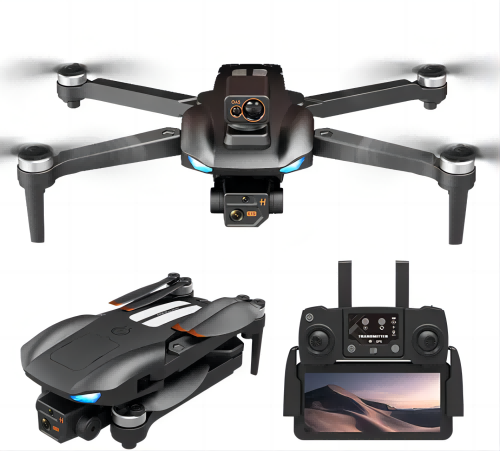Ternary materials commonly referred to in the battery industry are mainly NMC (Nickel-Manganese-Cobalt) and NCA (Nickel-Cobalt-Aluminum) compounds. The capacity of layered oxide cathode materials is closely related to their structural stability. Since Ni³⺠is more chemically stable than Co²âº, NMC materials can undergo greater delithiation during charging, which significantly enhances their overall capacity.
As energy density requirements for lithium-ion batteries continue to rise, traditional LCO (Lithium Cobalt Oxide) materials are being gradually replaced by higher-capacity ternary systems. Although these ternary materials share a similar layered structure with LCO, they offer both improved capacity and better thermal stability compared to LCO, making them more suitable for high-performance applications.
However, the structural stability of these layered oxides is also influenced by the degree of delithiation. Excessive removal of lithium ions during charging can lead to structural collapse, reducing the material's long-term performance. To prevent this, the charge cut-off voltage must be carefully controlled to maintain structural integrity and ensure good cycle life.
Researchers like Johannes Kasnatscheew from the University of Münster, Germany, have studied the impact of charge cut-off voltages on various ternary materials, including NCM111, NCM532, NCM622, NCA, and NCM811—materials supplied by BMW Group, Customcell, and Shanshan Technology. Their work highlights how different charge limits affect the stability and performance of these materials.
The effect of charge cut-off voltage on NMC materials is significant. The amount of delithiation increases with higher cut-off voltages, which can cause structural instability. For example, when the cut-off voltage was increased to 4.6V, the specific capacity of NCM811 improved initially, but after 53 cycles, its capacity dropped sharply compared to lower cut-off voltages. This shows that while increasing the cut-off voltage boosts capacity, it also accelerates degradation, emphasizing the need for careful optimization based on the intended lifespan of the battery.
The following figure shows the discharge energy retention curves of several NMC and NCA materials after 53 cycles at different cut-off voltages. It reveals that the highest energy density is not always achieved at the highest cut-off voltage. For instance, NMC811 achieved the best energy density at 4.3V, while NMC622 and NCA performed best at 4.4V. NMC111 reached its peak at 4.5V. These results suggest that the optimal cut-off voltage depends on the material composition and its nickel content, with lower Ni materials being more sensitive to voltage changes.
In addition to cut-off voltage, environmental temperature also plays a crucial role in the performance of ternary materials. Kasnatscheew’s research showed that while higher temperatures improve kinetic performance, they also negatively impact cycle stability. At 60°C, NMC811 and NCA materials experienced faster capacity loss compared to NMC622, indicating that NMC622 has superior thermal stability.
Another important factor is the chemical current during charging. High currents can lead to uneven lithium distribution and accelerated degradation. By optimizing the charging system, researchers have developed intelligent control methods that limit the charge voltage and ensure consistent charging capacity, thus improving the battery’s cycle performance and mitigating overpotential issues.
Overall, the study by Johannes Kasnatscheew provides valuable insights into how factors like charge cut-off voltage, temperature, and charging current influence the cycle life and performance of ternary materials. These findings are essential for developing safer, more efficient, and longer-lasting lithium-ion batteries for future applications.

Photography Drone,High Definition Photography Drone,Three Axis Anti Shake gimbal High definition Photography Drone
Jiangsu Yunbo Intelligent Technology Co., Ltd , https://www.fmodel-ai.com